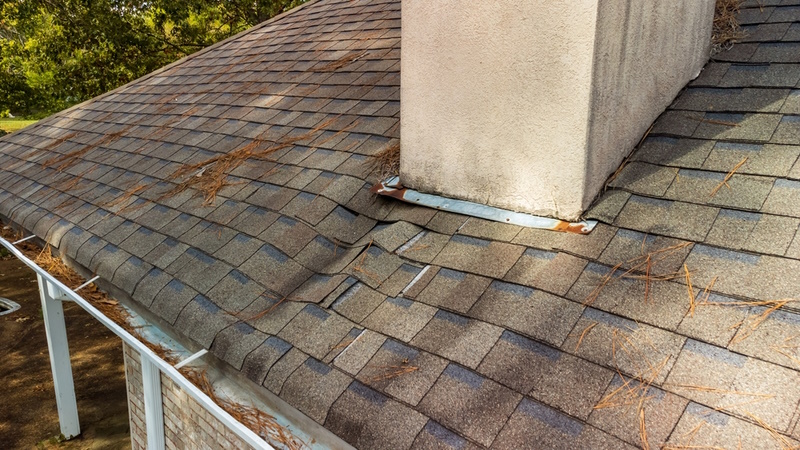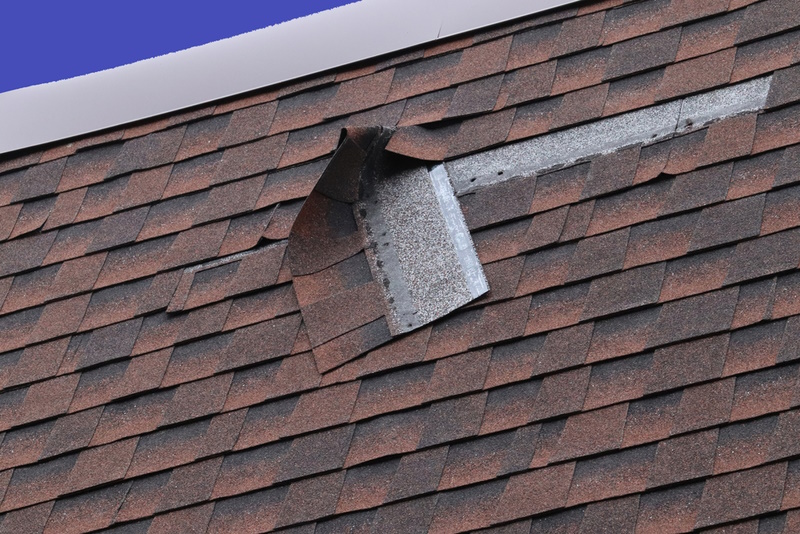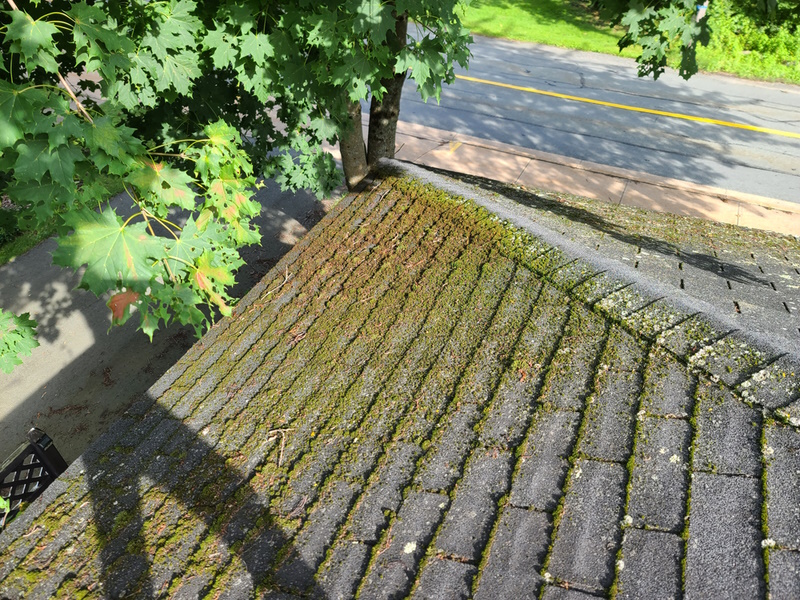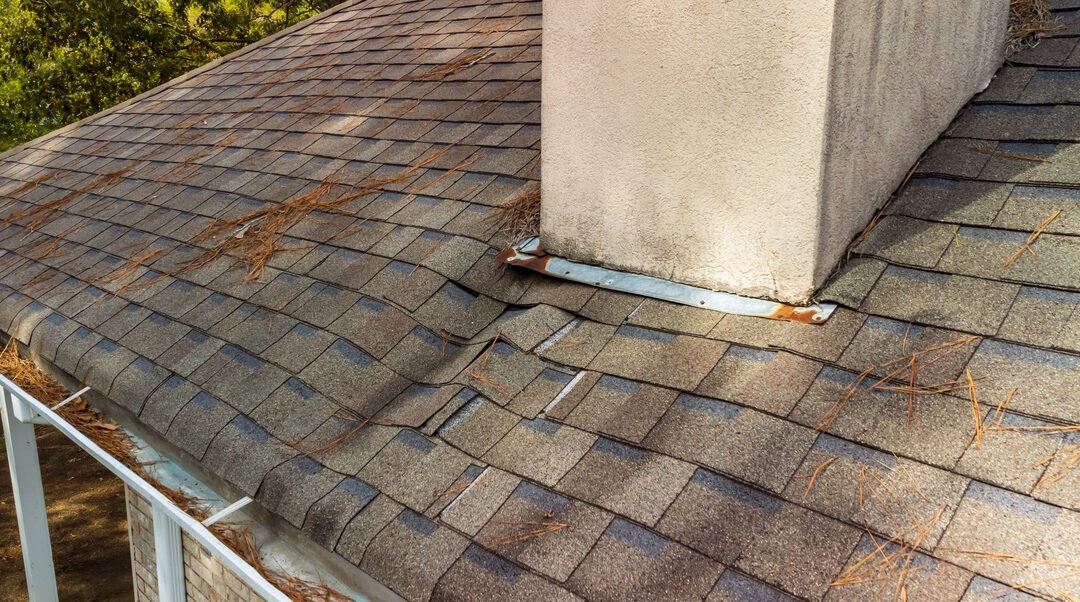As a homeowner, you trust your roof to provide leak-free, secure shelter to keep your family safe and comfortable. However, when was the last time you had your roof inspected for signs of damage? If the answer is never, this article may convince you to reconsider.
At Ohm Restoration, we understand that your roof isn’t always at the front of your mind, which is why we offer comprehensive, top-quality roofing services to every customer. We’re residential roof repair experts, and we know that the lifespan of every roof varies. However, many factors may cause your roof to fail prematurely, requiring repairs or replacement.
From inspection to installation, the experienced professionals at Ohm Restorations work to ensure that your roof maintains its integrity for as long as possible.
Common Signs of Roof Damage
If you’re heading into the rainy season, now is a great time to check your roof for damage. A roof inspection before heavy or consistent rains arrive may help reduce the risk of damaging roof leaks. While many signs of roof damage may be visible from the ground, it’s always best to schedule a professional inspection to ensure you get the most thorough overview of your roof’s health.
Below, we offer some tips about spotting the warning signs of roof damage so that you can address the problems and keep your roof in top condition.

1. Water Damage
One of the most common signs of a compromised roof, water damage shows itself in several ways. Water stains or dark spots on your ceilings signify a leak, as do bubbles in the drywall and water actively dripping from the ceiling. Besides ruining the aesthetic of your decor with discoloration, even a minor leak may cause major problems.
A leak exposes the interior of your home to water and, if left unaddressed, may rot the sheathing or framing of the house and compromise the structure’s integrity. Damp wood and wet insulation also provide the perfect breeding ground for mold and mildew, which often causes health problems. Checking your attic for leaks and being on the lookout for signs of a water leak go a long way toward discovering a leak before it gets out of hand.
2. Poor Ventilation
As most people know, hot air rises, so warm, humid air rises to the attic when heating your home. A properly ventilated roof allows the warm air to circulate and exit the attic as it should. However, if your roof isn’t well ventilated, the trapped heat and moisture may eventually damage the roof.
Poor roof ventilation shows itself in several ways, including:
-
Mold and mildew growth
-
Condensation
-
Damaged insulation
-
Curled or cracked shingles
-
Signs of rust around your roof
-
Damp or peeling paint and wallpaper
Poor roof ventilation may even cause your HVAC bills to increase, so it’s essential to ensure your roof is installed and ventilated correctly.

3. Missing or Damaged Shingles
Some of the most obvious signs of roof damage are missing or damaged shingles. While it’s not uncommon to see some damage or shingle loss over time from age and normal wear and tear, newer roofs shouldn’t experience these issues.
Curling
When the edge of the shingle lifts away from the roof’s edge, it’s known as curling. Curling may be due to the shrinking of the shingles as they age, trapped moisture, or rapidly fluctuating temperatures. Curling shingles also may occur due to moisture buildup from a poorly ventilated attic.
Cracking
Over time, shingles wear down and become less able to withstand high winds, rain, and damaging UV rays. Shingle cracking on older roofs means it’s time to consider a roof replacement, but call a professional if you notice cracking on a newer roof. Cracked shingles may indicate manufacturer defects in the shingles, poor roof ventilation, or hail damage.
Blistering
Blistering shingles are another common issue when poor roof ventilation and moisture combine. Condensation gets trapped in the shingle, either during manufacturing or because of improper installation. The water in the shingle expands and pushes through the surface, leaving an exposed spot of damage.
If you notice missing or damaged shingles, it’s time for a roof inspection, so you know the extent of the damage and can address it quickly.
4. Curled or Rusted Flashing
Flashing is the thin layer of galvanized steel that surrounds roof features like chimneys, skylights, and vents. Flashing channels water away from the openings and cracks in your roof, keeping those areas free from water damage.
Like any other roofing material, flashing tends to fail over time. Even with a galvanized coating, flashing may rust and open the roof to leaks. Fluctuations in temperatures also cause flashing issues, including curling or cracking. Replacing the flashing is a must to keep your roof free of leaks.
5. Accumulation of Granules
Shingle granules serve a double purpose in adding pigment to the shingle and a layer of extra roof protection. Granules naturally loosen and shed over time, but if you notice an increase in the number of granules scattered around your property, it’s a sign that your roof may need replacing. A professional roof inspection helps determine whether the granule loss is normal or cause for concern, as an expert typically climbs onto the roof and checks your gutters for granule accumulation and discerns bare spots where the granules fell off.

6. Mold, Mildew, or Moss
Roof installation isn’t just about shingles. The other materials that make up your roof perform vital tasks like insulating, venting, and redirecting water. Flashing, gutters, and gutter aprons keep water away from places it could cause damage to your home, so it’s important that those components stay well maintained.
If you notice mold or mildew growing on your roof edge or an exterior wall, the problem may be damaged or poorly installed flashing. Keep in mind that while the mold may be unsightly, the bigger issue is the moisture in the walls. If left unrepaired, the dampness eventually rots the siding, sheathing, and framing of your home, causing extensive and costly repairs.
Chronically clogged gutters also cause mold and mildew issues if the water drains from the roof via whatever route it finds, including down the side of your home. Check your gutters for clogs regularly, and ensure they are undamaged and securely attached to the roof.
In some hot and humid climates, mold and mildew may accumulate on your shingles. While these typically don’t harm your roof, if areas of your roof don’t see much sun, moss spores may begin to grow. While moss may appear harmless, if left unchecked, it grows where it can, including under and between your shingles, loosening them and causing leaks.
To address mold, mildew, and moss removal, most of the time, scrubbing the area with water should do the trick. However, excessive moss growth usually requires a chemical treatment to clean and protect your shingles from further growth.
Ohm Restoration | Superior Quality Roof Installation and Repair Services
If you’ve spotted any of the above signs of roof damage, it’s time to schedule a professional assessment. The solution to the problem may simply be a minor repair, but whatever the case, you want to address any potential damage before it turns into a more severe and costly operation.
At Ohm Restoration, our goal is to deliver excellence to every customer. We strive to exceed your expectations, providing you with services that go above and beyond what our competitors offer. From start to finish, our team of experienced, professional roofing technicians works to ensure that you’re happy with all aspects of your improved roof.
Call us today at 888-319-7058 to schedule a roof inspection, repair, or installation. Let our team impress you with our knowledge and commitment to every job we do.

